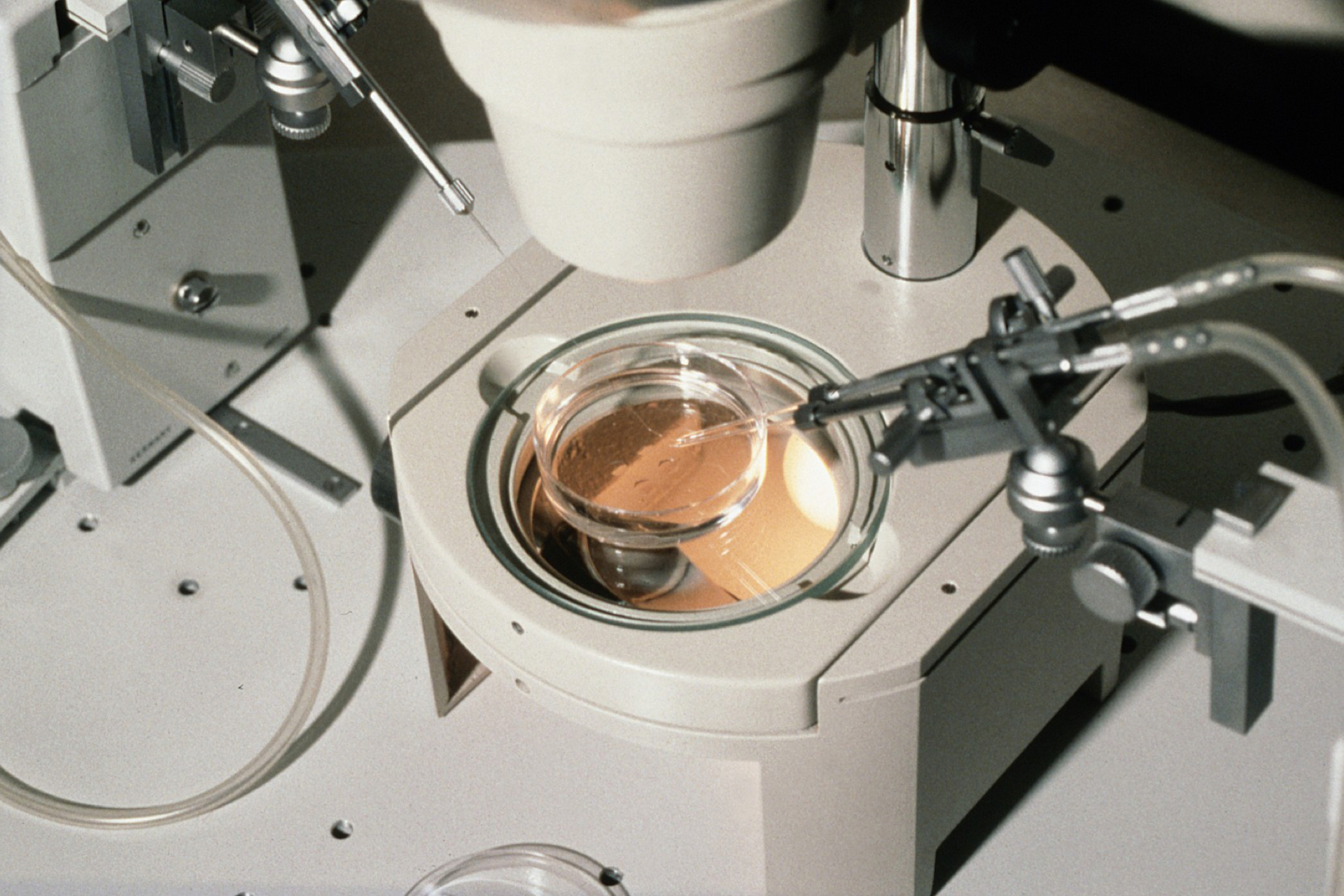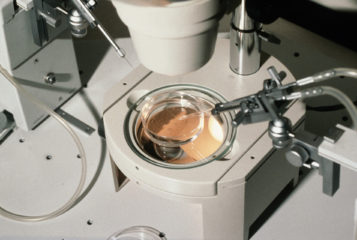The latest report from the HFEA reflects a trend now evident in assisted reproductive technology (ART) registries throughout the world: that frozen embryo transfer is rapidly gaining on fresh as the favoured transfer protocol. The HFEA figures show that fresh embryo transfers decreased by 11 percent between 2013 and 2018, while frozen transfers almost doubled, accounting for 38 percent of all IVF cycles in 2018. Preliminary European and global figures presented at ESHRE's online annual meeting this year show similar patterns, though for 2017 (Europe) and for 2016 (global).
The HFEA in its latest report attributes the increase in frozen treatments to improvements in freezing techniques. Thus, the effect of vitrification is now evident in frozen embryo transfers in a cumulative programme, in freeze-all approaches, and in oocyte cryopreservation for egg donation and elective fertility preservation. Not since the introduction of ICSI in the early 1990s has a new technology in ART had such a profound impact on clinical practice and outcomes.
The adoption of routine frozen embryo transfers rests has been facilitated in part by the increasingly accepted definition of 'success' in ART: healthy singleton delivery following serial transfer of embryos obtained from one stimulation cycle. However, wider adoption has increased apparent shortfalls in registry data between pregnancy rates per oocyte pick-up and per embryo transfer.
The case for transferring frozen and thawed as opposed to fresh embryos rests on two putative benefits: an improved delivery rate and better safety in the reduction of ovarian hyperstimulation syndrome (OHSS) risk. The former has been demonstrated in several studies in high responders to stimulation, but only one randomised trial has shown improved live birth rates when applying a 'freeze-all' approach in normal responders. However, this same trial in 1650 good-prognosis patients in China also found a higher rate of pre-eclampsia in the freeze-all patients and a similar rate of OHSS in both groups. Such findings need further exploration. The latest published randomised trial of freeze-all and fresh blastocyst transfers in women with regular menstrual cycles found comparable delivery rates in the two groups, although the trial programme did allow a 'safe fresh embryo transfer strategy' by either cycle cancellation or switch to a freeze-all approach if an excess number of mature follicles were present. This, reported the authors, 'explored the freeze-all concept with a maximally reduced risk of ovarian hyperstimulation syndrome'.
However, if the evidence in favour of segmentation in routine ART is still somewhat patchy, vitrification has proved – and will continue to prove – a true revolution in egg banking for egg donation and elective fertility preservation. Studies in Spain and Italy had a decade ago already proved the comparable viability of vitrified and fresh oocytes in egg donation, and it was this work which proved the basis for effective frozen egg banking – and with it the end of synchronised cycles, long waiting times to find a suitable donor, and travel abroad to clinics where there seemed to be more available donors.
In our own clinic, frozen egg banking overtook overseas donation as the donor treatment of choice from 2014 onwards. Thus, of 1283 donor cycles completed between 2005 and 2013, 88 percent were carried out at as cross-border treatments, but today some 95 percent, of egg donation patients have switched to frozen donor oocytes from our own egg bank.
Similarly, trends in blastocyst transfers in our clinics reflect the same pattern now evident in the emerging registry data: a clear decline in fresh transfers balanced by an upturn in frozen. In 2013, for example, 79 percent of our routine treatment cycles were fresh transfers and 21 percent frozen, but in 2018, in a marked reversal, 57 percent were fresh and 43 percent frozen embryo cycles. We have recently argued in a review of developments in routine ART that vitrification is now behind a fundamental change which favours frozen treatments over fresh. This is already the reality in Japan, where data reported from the national registry for 2016 showed that 41 percent of all IVF/ICSI treatments (from a total of 251,399 egg retrievals) were freeze-all. Similarly, in China, which has now overtaken Japan as the world's most prolific ART nation, there were almost as many frozen embryo transfer cycles in 2016 as fresh. And in the USA the Centres for Disease Control and Prevention in its 2019 report on 2016 activity described the escalation in frozen cycles as 'dramatic', noting a 25 percent prevalence.
Numbers since then, as the HFEA data suggest, will surely have increased, as vitrification continues its rapid march forward. And as we concluded in our recent review, it seems likely that the pace of uptake of frozen treatments is now so great that even the registry data – even of 2018 – may well be a step behind what is actually happening right now.





Leave a Reply
You must be logged in to post a comment.